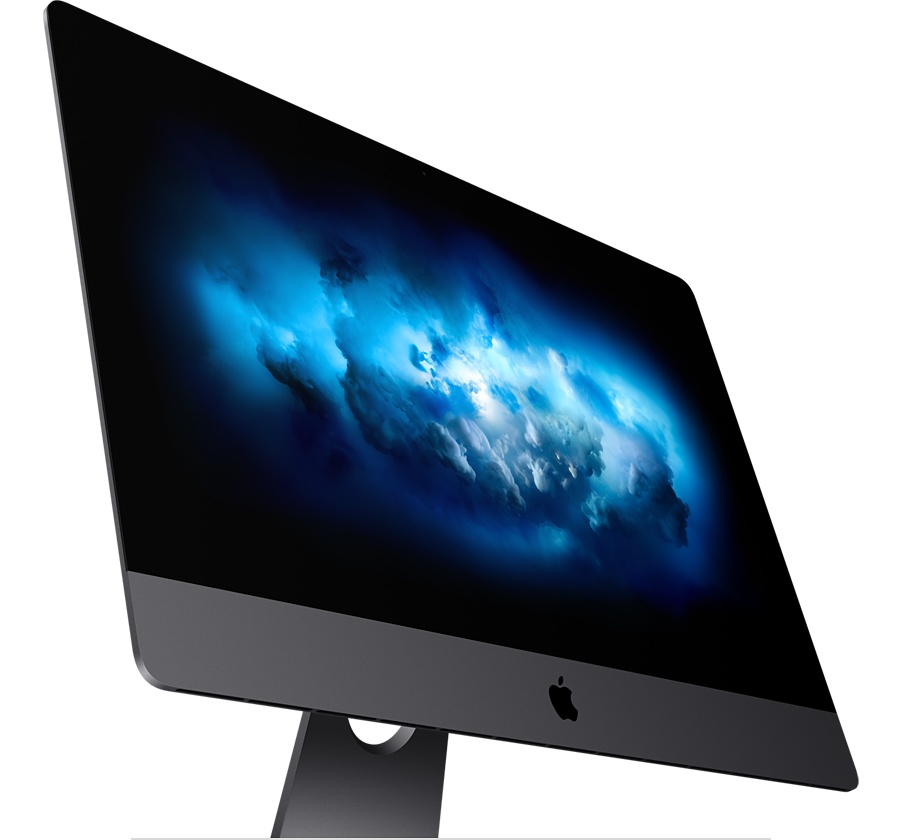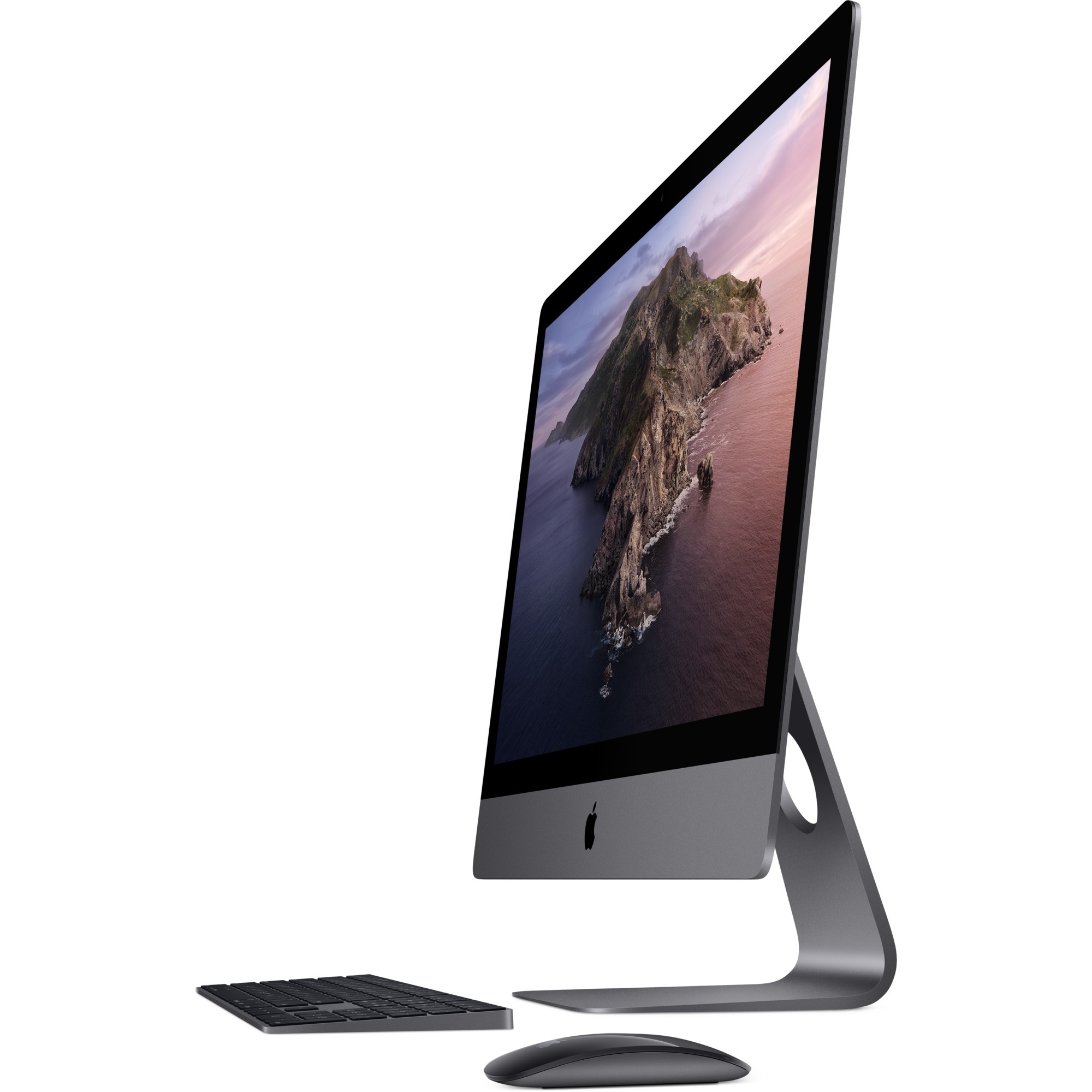Apple iMac Pro Retina 5K. 27-inch (diagonal) Retina 5K display, 5120-by-2880 resolution with support for one billion colors, 500 nits brightness, Wide color (P3).Processor. 3.2GHz 8-core Intel Xeon W processor with Turbo Boost up to 4.2GHz. Video Support/Camera.
There are several ways to help identify your Mac. The simplest is About This Mac, available by choosing About This Mac from the Apple menu in the upper-left corner of your screen. The other is the System Information app. Learn how to use these tools to identify your Mac.
- Product Title Apple MacBook Pro 13.3' MC700ll/A Laptop Computer Intel i5 Dual Core 2.3GHz 4GB 320GB ( Certified Refurbished - Grade C ) Average Rating: ( 3.8 ) out of 5 stars 8, based on 8 reviews Current Price $419.95 $ 419.
- Apple Mac Pro 5,1 Intel 12 Core, 240GB SSD+3TB HDD, 32GB Office OSX High Sierra $1,099.99 Apple Mac Pro 5,1 12 Core, 3.33Ghz, 500GB SSD+6TB, 64GB RAM, OS Mojave,USB-C 3.1.
If you don't have your Mac or it doesn't start up, use one of these solutions instead:

- Find the serial number printed on the underside of your Mac, near the regulatory markings. On previous Mac Pro models, the serial number is printed on the computer's back panel, below the video ports. It's also on the original packaging, next to a barcode label. You can then enter that serial number on the Check Coverage page to find your model.
- The original packaging might also show an Apple part number, such as MLH12xx/A ('xx' is a variable that differs by country or region). You can match the Apple part number to one in the list below to find your model.
:no_upscale()/cdn.vox-cdn.com/uploads/chorus_asset/file/9867177/jbareham_171213_2180_0021.jpg)
List of Mac Pro models
Mac Pro models are organized by the year they were introduced, starting with the most recent. Click the model name for detailed technical specifications.
Mac Pro models introduced in 2013 and later can run the latest version of macOS. For models introduced before 2013, the latest compatible operating system is noted.
2019
Mac Pro (2019)
Model Identifier: MacPro7,1
Tech Specs: Mac Pro (2019)
Mac Pro (Rack, 2019)
Model Identifier: MacPro7,1
Tech Specs: Mac Pro (Rack, 2019)
2013
Mac Pro (Late 2013)
Model Identifier: MacPro6,1
Part Numbers: ME253xx/A, MD878xx/A
Tech Specs: Mac Pro (Late 2013)
2012
Mac Pro (Mid 2012)
Model Identifier: MacPro5,1
Part Numbers: MD770xx/A, MD771xx/A
Newest compatible operating system: macOS Mojave 10.14.6.*
Tech Specs: Mac Pro (Mid 2012)
Mac Pro Server (Mid 2012)
Model Identifier: MacPro5,1
Part Number: MD772xx/A
Newest compatible operating system: macOS Mojave 10.14.6.*
Tech Specs: Mac Pro Server (Mid 2012)

* To install macOS Mojave on Mac Pro models from 2012, a Metal-capable graphics card is required.
2010
Mac Pro (Mid 2010)
Model Identifier: MacPro5,1
Part Numbers: MC250xx/A, MC560xx/A, MC561xx/A
Newest compatible operating system: macOS Mojave 10.14.6.*
Tech Specs: Mac Pro (Mid 2010)
Mac Pro Server (Mid 2010)
Model Identifier: MacPro5,1
Part Number: MC915xx/A
Newest compatible operating system: macOS Mojave 10.14.6.*
Tech Specs: Mac Pro Server (Mid 2010)
* To install macOS Mojave on Mac Pro models from 2010, a Metal-capable graphics card is required.
2009
Mac Pro (Early 2009)
Model Identifier: MacPro4,1
Part Numbers: MB871xx/A, MB535xx/A
Newest compatible operating system: OS X El Capitan 10.11.6
Tech Specs: Mac Pro (Early 2009)
Learn more
How to get updates for macOS Mojave or later
If you've upgraded to macOS Mojave or later, follow these steps to keep it up to date:
- Choose System Preferences from the Apple menu , then click Software Update to check for updates.
- If any updates are available, click the Update Now button to install them. Or click ”More info” to see details about each update and select specific updates to install.
- When Software Update says that your Mac is up to date, the installed version of macOS and all of its apps are also up to date. That includes Safari, iTunes, Books, Messages, Mail, Calendar, Photos, and FaceTime.

To find updates for iMovie, Garageband, Pages, Numbers, Keynote, and other apps that were downloaded separately from the App Store, open the App Store on your Mac, then click the Updates tab.
To automatically install macOS updates in the future, including apps that were downloaded separately from the App Store, select ”Automatically keep my Mac up to date.” Your Mac will notify you when updates require it to restart, so you can always choose to install those later.
How to get updates for earlier macOS versions
If you're using an earlier macOS, such as macOS High Sierra, Sierra, El Capitan, or earlier,* follow these steps to keep it up to date:
- Open the App Store app on your Mac.
- Click Updates in the App Store toolbar.
- Use the Update buttons to download and install any updates listed.
- When the App Store shows no more updates, the installed version of macOS and all of its apps are up to date. That includes Safari, iTunes, iBooks, Messages, Mail, Calendar, Photos, and FaceTime. Later versions may be available by upgrading your macOS.
To automatically download updates in the future, choose Apple menu > System Preferences, click App Store, then select ”Download newly available updates in the background.” Your Mac will notify you when updates are ready to install.
* If you're using OS X Lion or Snow Leopard, get OS X updates by choosing Apple menu > Software Update.
How to get updates for iOS
Learn how to update your iPhone, iPad, or iPod touch to the latest version of iOS.
Learn more
Imac Pro Specs
- Learn how to upgrade to the latest version of macOS.
- Find out which macOS your Mac is using.
- You can redownload apps that you previously downloaded from the App Store.
- Your Mac doesn't automatically download large updates when it's using a Personal Hotspot.
